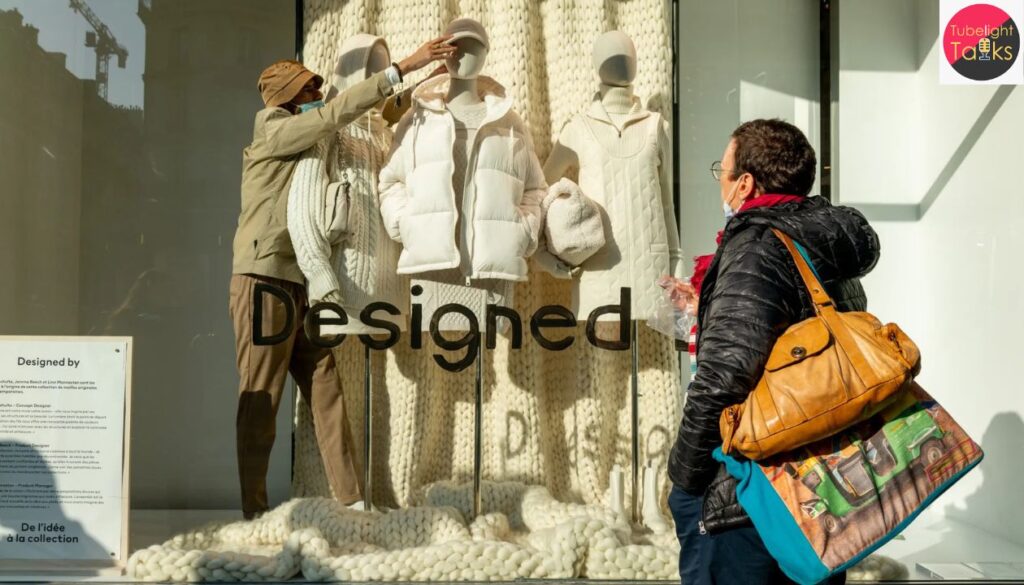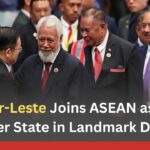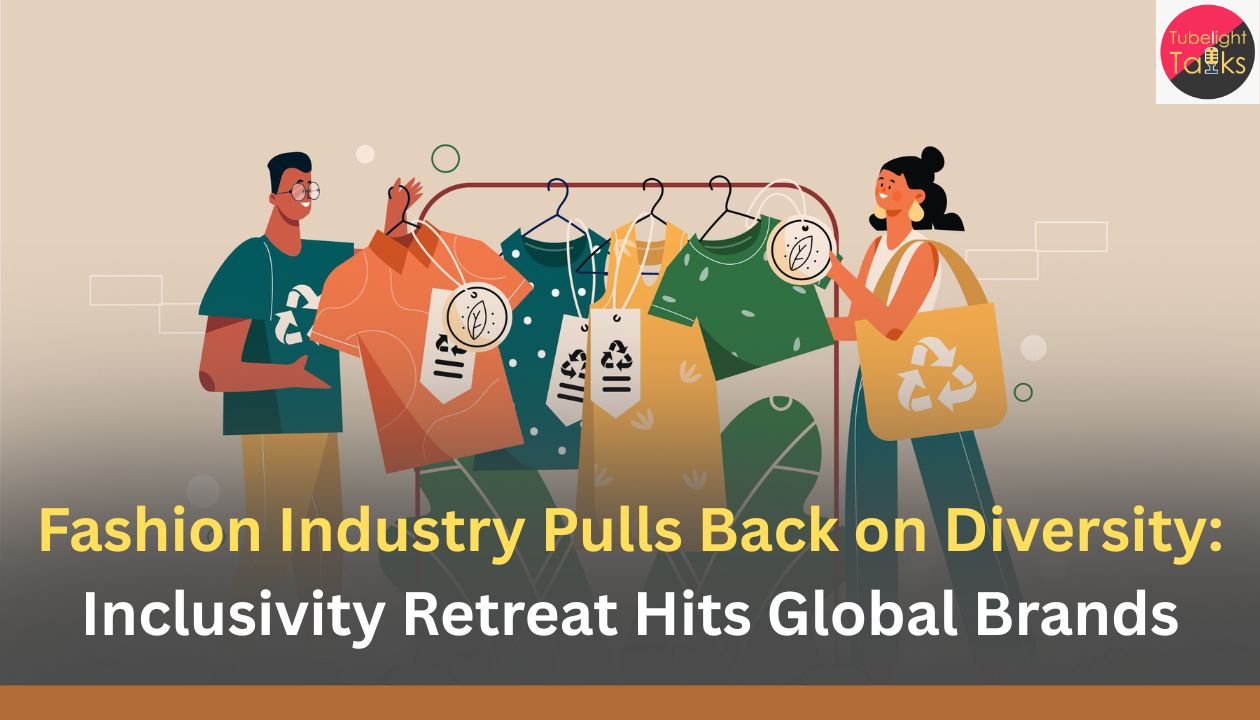Fashion Industry Pulls Back: A recent report by Vogue Business found that for the Spring/Summer 2025 season, only 0.8 % of runway looks across major fashion weeks in New York, London, Milan and Paris were plus‑size (US size 14+), while 94.9 % were straight‑size (US 0‑4). At the same time, a feature in Le Monde noted that several major brands are openly requesting more white, Caucasian models again—signaling a possible rollback of racial inclusion efforts. These data suggest that what once appeared as progress in size‑, race‑ and gender‑inclusive casting is stalling or reversing in key segments of the industry.
Brand Strategy and Market Pressures
Some analysts attribute the retreat to several combined factors: margin pressures, “diversity fatigue”, conservative consumer push‑back (particularly in the U.S.), and a shift back toward minimalism and nostalgic aesthetics in fashion. Brands may also view inclusive efforts as “performative” and are recalibrating toward less socially‑charged, more commercially‑safe visuals and product lines.
Regional and Segment‑Specific Impacts
Luxury Brands Leading the Roll‑Back
High‑end luxury houses—once heralded for embracing diversity—are now under scrutiny. Some have scaled back plus‑size lines, reduced trans or non‑binary model visibility and quietly refocused on “heritage” aesthetics.

Fast Fashion and Mass Brands
In fast‑fashion sectors, representation of size inclusivity has also plateaued. With shrinking margins and logistic pressures, plus‑size or extended sizing lines are often the first to be cut or negated.
Consumer Response and Brand Risk
Younger consumers, particularly Gen Z, view diversity as non‑negotiable. When brands retreat, they risk losing brand trust, social‑media credibility and loyalty in a values‑driven marketplace.
Underlying Causes and Structural Drivers
Economic and Market Headwinds
Post‑pandemic inflation, supply‑chain disruptions and rising cost pressures mean many brands are prioritising core collections and established models over more experimental inclusive lines.
Public‑Relations & Backlash Risks
Some firms argue that visible diversity efforts invite polarised responses—particularly in markets where conservative sentiments are stronger. As a result, they adopt more neutral stances.
Tokenism and Consumer Sophistication
Consumers have grown sceptical of brands that treat inclusivity as a marketing check‑box. Reports indicate that some of last decade’s inclusive campaigns had limited behind‑the‑scenes change, leading to reputational risk when audits surface.
Consequences for the Industry and Society
Diversity‑Credibility Gap
When inclusion pledges are not backed by product lines, size ranges, staffing or supply‑chain changes, consumers may perceive a “credibility gap” and migrate to smaller, genuine inclusive brands.
Talent and Representation Loss
Models, designers and influencers from underrepresented groups may face fewer opportunities, reducing pipeline diversity and reinforcing old‑guard norms.
Brand Identity and Market Differentiation
In a saturated market, inclusive storytelling and representation were key differentiators. A retrenchment may flatten brand identity and open space for challenger brands to capture niche impact.
Also Read: Why Fashion Designers Are Turning to AI for Inspiration
Inclusivity and Authenticity
From the teachings of Sant Rampal Ji Maharaj and the concept of satgyan (true knowledge), real progress in fashion is not merely about superficial representation or marketing campaigns—it is about dignity, truthful embodiment and upliftment. The industry’s back‑sliding on diversity raises the question: Are we merely swapping one imagery for another, or are we genuinely opening paths for all bodies, voices and identities to be seen, valued and served? True inclusivity honors service, respect and human worth—not just trend‑alignment.
What to Watch in the Near Future
Pipeline Data and Sizing Metrics
Will brands transparently publish size‑range breakdowns, racial/ethnic model data or inclusive‑casting metrics?
Independent Brands & Market Shifts
Will niche inclusive brands gain market share as legacy brands retreat? Will new models of representation emerge outside runway paradigms?
Consumer Backlash or Re‑engagement
Will consumers penalise retreating brands on social media, or will they shift their spending to inclusive alternatives?
Regulation and Accountability
Will fashion‑industry regulators, industry bodies or consumer‑rights organisations push for mandatory inclusivity disclosures or diversity audits?
FAQs: Fashion Industry Inclusivity Retreat
Q1. What is the main sign‑of‑retreat from diversity in fashion?
One major sign: plus‑size models accounted for only 0.8% of runway looks in Spring/Summer 2025 shows across major fashion weeks.
Q2. Why are brands retreating from visible inclusion efforts?
Reasons include cost‑pressures, perceived “diversity fatigue”, conservative backlash, margin squeezes and suspicion of tokenism.
Q3. Which segments are most affected?
Luxury and fast‑fashion segments appear most affected—luxury houses cutting inclusive lines, and fast‑fashion delaying/neglecting plus‑size or extended sizing.
Q4. What risk does this pose for brands?
Brand‑trust erosion among values‑driven consumers, loss of talent diversity, and potential vulnerability to challenge by newer inclusive brands.
Q5. How can the industry reverse this trend?
By aligning representation with operations (sizing, staffing, supply chain), publishing data transparency, engaging underrepresented creators and centring authenticity over marketing.







